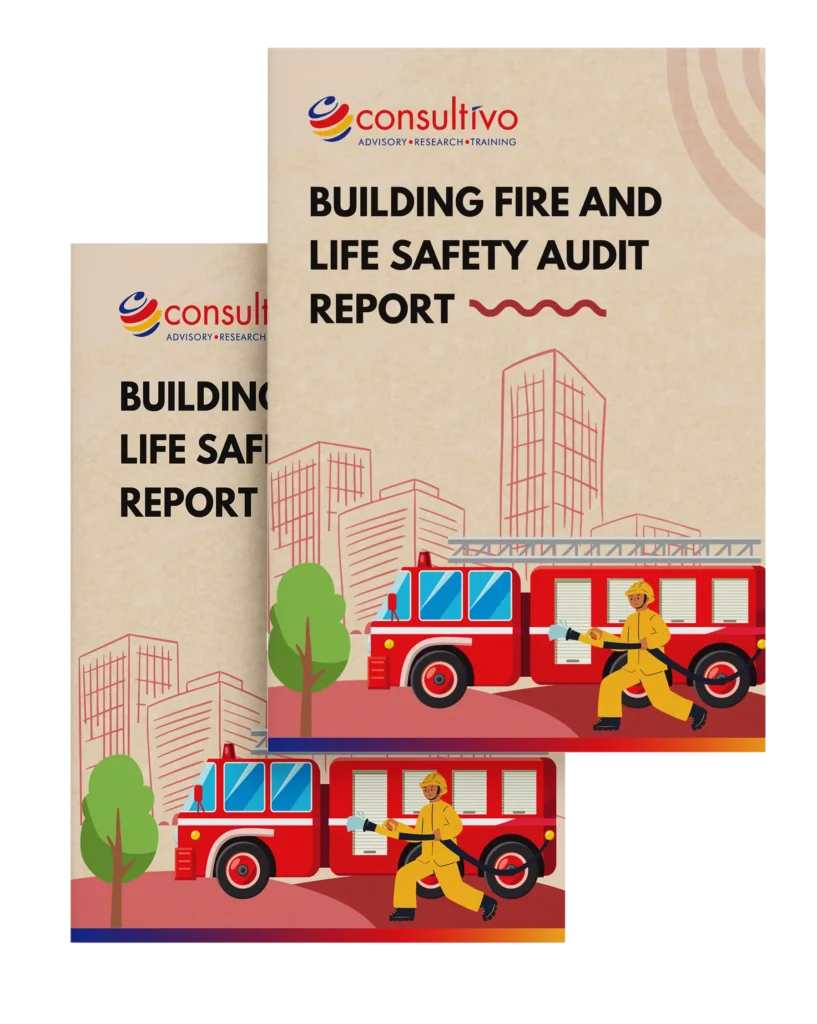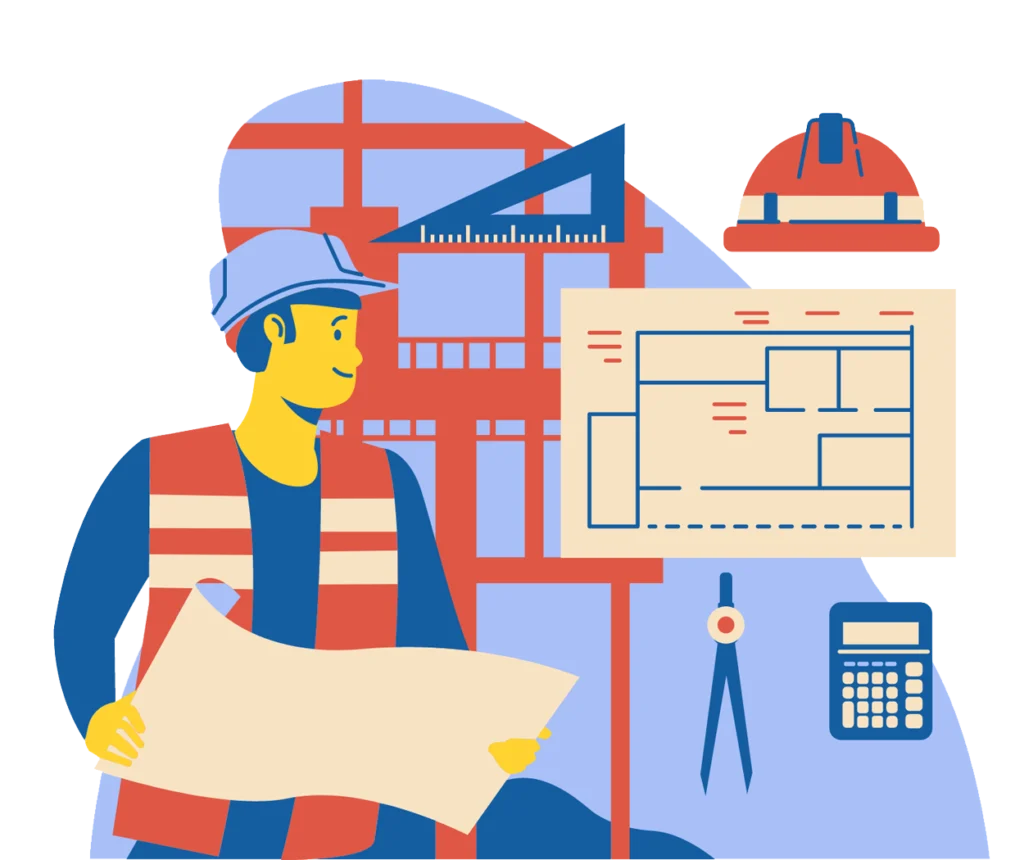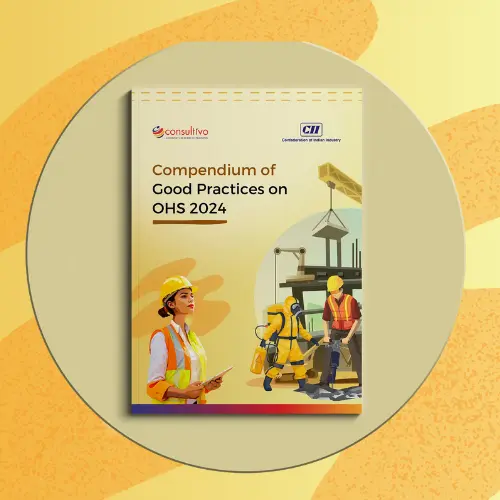The nature of Building Fire Safety requirements and risks are changing across the world. It’s getting unexpected and their effects are becoming more profound. Risks need to be taken more seriously. Here is how to do it.
Building Fire Safety related risks pose a requirement of being regularly assessed and understood, particularly for Commercial and High Rise Building Fire Safety risks.
The risk of ‘Fire’ has been ranked seventh, by India Risk Survey 2022 Report – FICCI & Pinkerton. According to NCRB (National Crime Records Bureau), a total of 10,037 cases of fire accidents were reported in India, with 441 persons injured and 10,915 people killed.
The cause-wise analysis of fire accidents concluded that 42.1% of deaths were related to building fire and accidents in residential buildings.
After road accidents & drowning, accidental fires cause most unnatural deaths in India.
Most of the High Rise Building Fire Safety related accidents have been reported (Other than residential buildings) in factories, commercial buildings, hospitals and schools.
Business leadership is expected to review building fire safety requirements and fire risk-mitigation strategies in order to create a secure business environment.
This strategy should be in line with the overall organisational HIRA Safety. It can be achieved by covering the following milestones:
Step 1: Building Fire Safety – Identify the hazards
Look for sources of heat, fuel & oxygen which together might lead to a fire.
In the case of building fire safety, one needs to start by identifying the sources of the following:
Ignition such as naked flames, electric sparks, heaters or some commercial processes
Fuel such as built-up waste, display materials, textiles or overstocked products
Oxygen
One should also consider what existing measures are in place to control the building fire safety related hazards.
Step 2: Identify the people at risk
One shall need to identify anyone who may be affected during any building fire, such as:
People working near to fire hazards
Individuals & groups who may be especially at risk, e.g. young or inexperienced people, people with mobility or sensory impairment, pregnant women, children or parents with babies, older people or infirm people etc.
Step 3: Evaluate, remove, reduce and protect from fire risk
This involves evaluating the level of risk in one’s premises.
Risk of a fire occurring
Risk to people from fire
Remove or reduce building fire hazards
When one has reduced the risks as far as possible, he must assess any risk that is left and decide whether there are any further measures he needs to take to make sure to provide a reasonable level of fire safety.
The evaluation of risk will take account of the fire risk assessor’s opinion of the likelihood of fire, the extent of injury that could occur and the number of people who could be affected.
Step 4: Building Fire Protection – Record, plan, instruct, inform & train
It is always good practice to record the significant findings of the Fire Risk Assessment, the steps that one has already taken and those that he plans to take in order to reduce the risk.
In many cases, the law requires that the significant findings of the fire safety of buildings and details of those persons especially at risk are recorded.
Step 5: Building Fire Safety – Regularly review the fire risk assessment

Let's discuss
Did You Know:
All buildings should be classified, according to the use or the character of occupancy in one of the following groups :
Group A Residential
Group B Educational
Group C Institutional
Group D Assembly
Group E Business
Group F Mercantile
Group G Industrial
Group H Storage
Group J Hazardous
Ref: Indian Standard – IS : 1641 Code Of Practice For Fire Safety Of Building (General): General Principles Of Fire Grading And Classification
Share this post
Category: Blog
Tags: Fire and Life Safety Consulting | Safety | Building Fire and Life Safety | National Building Code 2016
Featured insights
Knowledge Bank
ESG Guide Book for Safety Experts – Focusing Safety Leadership
View more in Impact Stories | Blogs | Knowledge Bank | News and Events
















